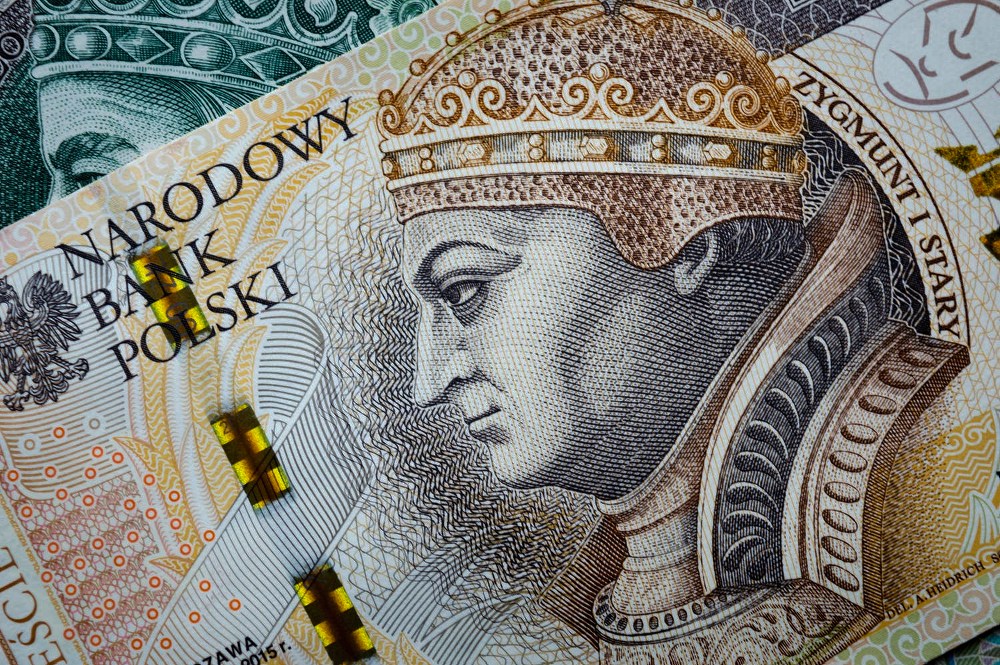The Bank Handlowy analysis of the Polish currency shows that the currency is at its strongest in a decade based on the real effective exchange rate (REER), which shows fluctuations in value against a basket of currencies belonging to the country’s main trading partners and adjusted for differences in inflation rates.
The strengthening of the REER is a result not only of the nominal appreciation of the currency, but also the higher rate of inflation in Poland compared to other countries.
The annual inflation rate in Poland is currently 14.7 percent, whereas it is 7 percent in the eurozone and 5 percent in the U.S. The REER would have remained at the same level had the zloty weakened by 8-10 percent over the past 12 months. However, in fact, the zloty has risen by 2.7 percent against the euro and by 7.5 percent against the U.S. dollar.
Between 2018 and 2021, the REER for Poland was stable. The situation only changed in the last few months. In April, Poland’s REER reached its highest level in a decade, with the upward trend dating back to the rise in the consumer price index when compared with Poland’s trading partners.
However, Bank Handlowy analysts are skeptical about the zloty exchange rate against the euro returning to pre-pandemic levels. They are also convinced that a stronger zloty will not be a problem for Polish exporters because, according to a Polish central bank (NBP) survey of domestic companies, the level at which exports are profitable is 4.30 zlotys to the euro and 4.00 zlotys to the dollar. Currently, a euro costs 4.55 zlotys, and a U.S. dollar 4.14 zlotys.






